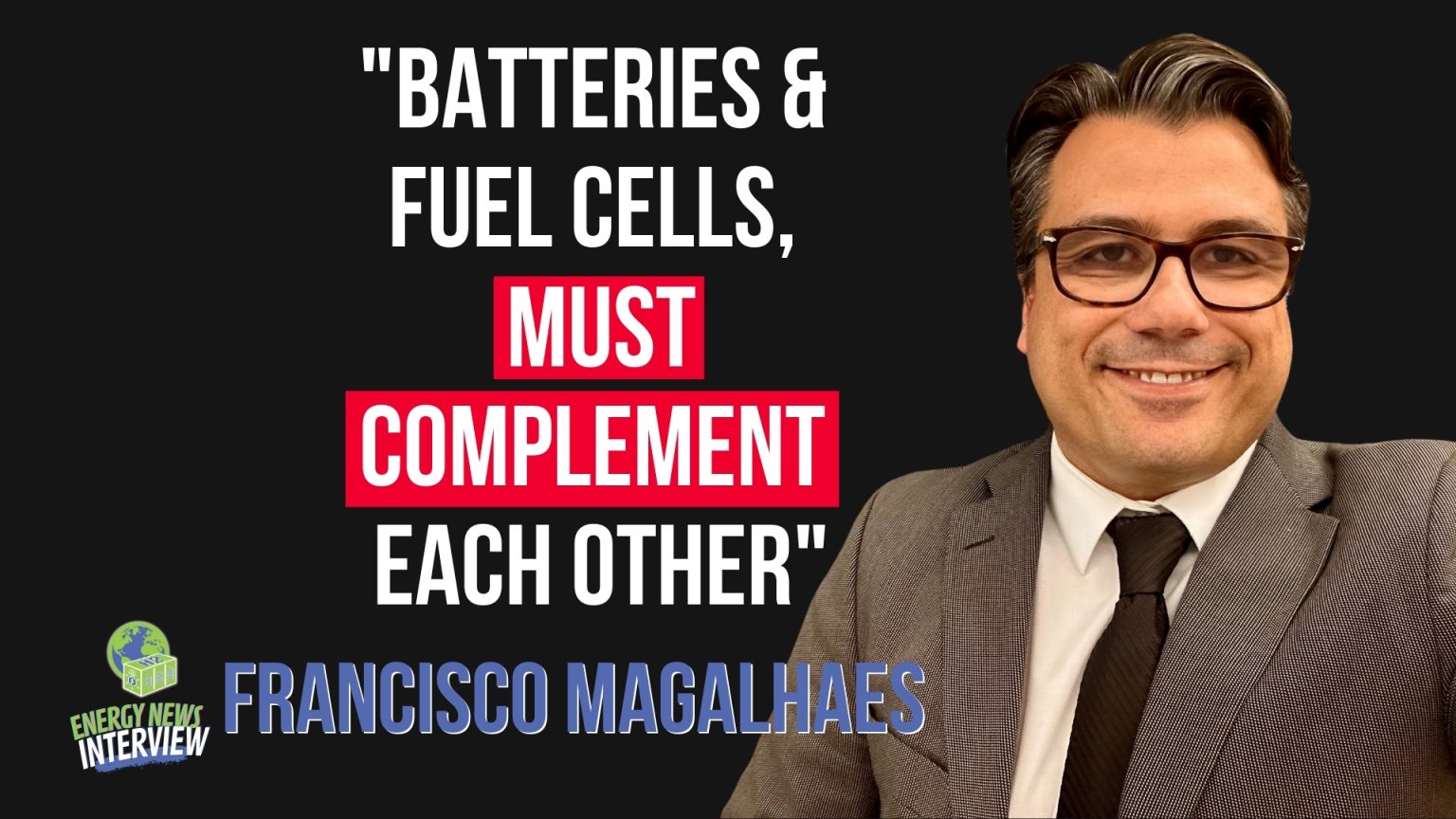As cities race to decarbonize public transport, the debate between battery electric and hydrogen-powered buses is heating up. At the heart of this transition is CaetanoBus, backed by Toyota technology, leading a quiet revolution that’s louder than many may think.
WATCH THE FULL INTERVIEW
The Case for Hydrogen in City Transit
Francisco Magalhães of CaetanoBus argues a compelling case: hydrogen buses are not just an alternative—they are often the only practical solution for certain urban conditions. In many cities, the electrical grid simply cannot support large-scale charging infrastructure for battery electric buses. That’s where hydrogen steps in.
“Think of it not as replacing batteries,” Francisco says, “but complementing them. When cities grow and fleets expand, hydrogen enables that growth—even when the grid says no.”
Speed, Range, and Real-World Operation
The numbers speak for themselves:
- Hydrogen buses refuel in under 10 minutes.
- Battery buses can take 4.5 hours to recharge.
- A hydrogen fuel cell bus typically delivers 450 km of range, requiring almost two battery buses to cover the same duty cycle.
- And fewer spare vehicles are needed in a hydrogen fleet thanks to quick turnaround times.
For transit operators planning for the next decade, the message is clear: flexibility today prevents bottlenecks tomorrow.
Toyota Tech, Optimized for Transit
CaetanoBus has adapted Toyota’s car-based fuel cell technology into city buses by developing a new architecture around it. Today, they offer 60kW and 70kW fuel cell stacks in M3-class buses—vehicles optimized for urban environments that require less peak power but demand consistent, clean energy output.
Beyond the Grid: Local Hydrogen Production
In areas with weak electrical infrastructure, Francisco highlights the potential of autonomous hydrogen production using solar farms or other renewable sources. “You don’t just solve a vehicle problem—you solve an infrastructure one,” he says.
Training the Next Generation of Operators
Switching from diesel isn’t just about hardware—it’s a culture shift. As with battery buses, transit operators need to be educated about hydrogen’s capabilities and long-term benefits. As urban sprawl increases, flexible and robust transit systems become non-negotiable.
The Cost Curve and What’s Next
Francisco is realistic: hydrogen buses have a higher upfront cost (CAPEX) than battery buses. But when considering long-term operational costs (OPEX), especially in demanding environments or fleets with expansion plans, hydrogen becomes a compelling financial and logistical solution.
The tipping point? Achieving €5/kg for hydrogen. “That’s when it becomes a no-brainer,” he notes.
Battery-electric buses are crucial—but they aren’t a silver bullet. As cities face increasing range demands, infrastructure strain, and climate variability, hydrogen offers a future-proofed, scalable complement.
